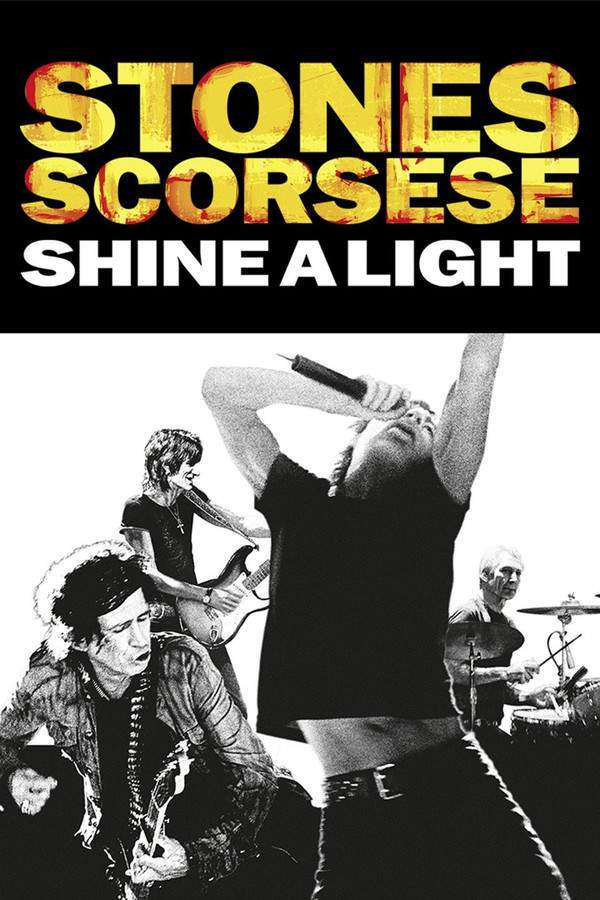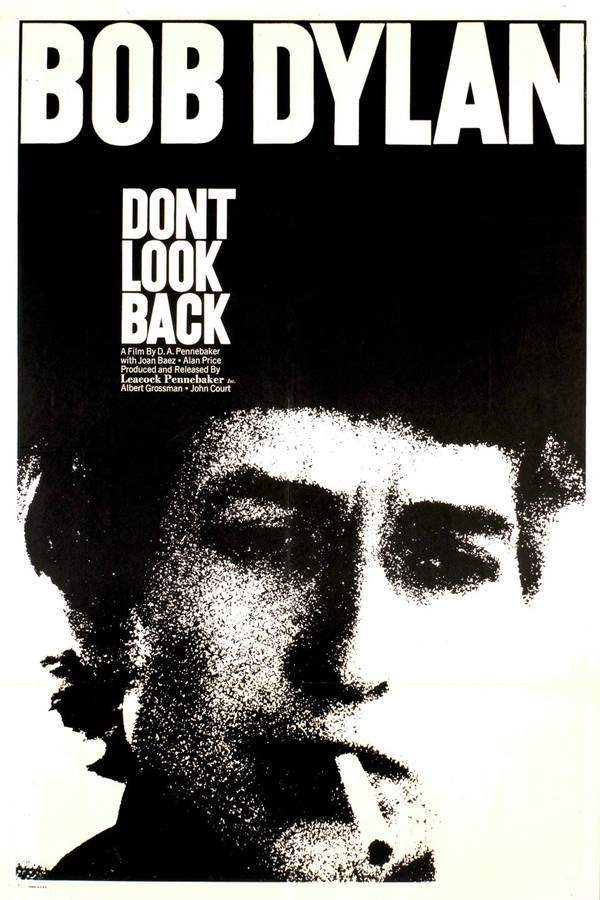Rolling Thunder Revue: A Bob Dylan Story by Martin Scorsese 2019
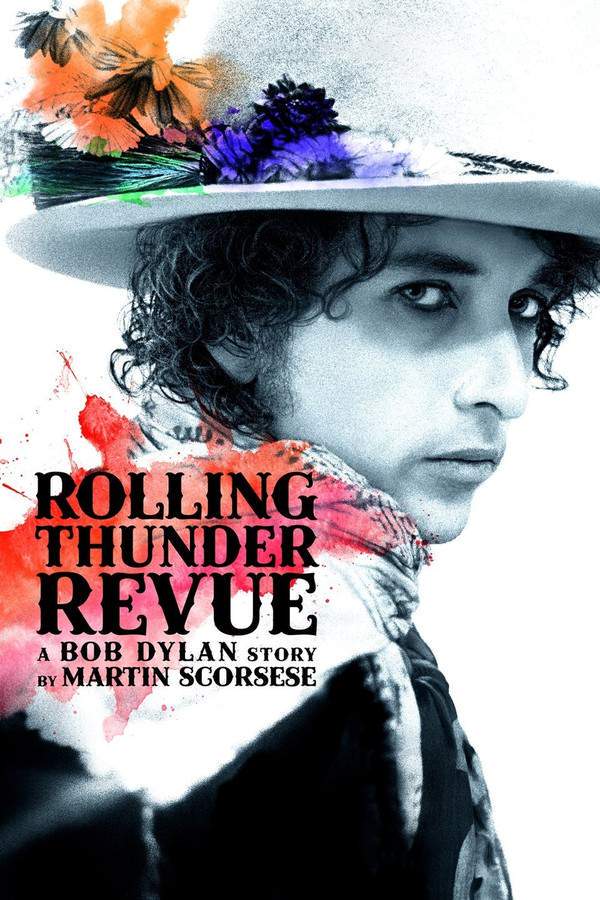
Filmmaker Martin Scorsese documents Bob Dylan’s Rolling Thunder Revue, a tour that unfolded against the backdrop of 1970s America. The film captures the vibrant atmosphere and creative energy of the revue, showcasing Dylan and a collective of musicians and actors as they navigate a landscape of social and political change. It’s a unique look at a pivotal moment in American culture, blending performance footage with behind-the-scenes glimpses of the tour’s creation.
Does Rolling Thunder Revue: A Bob Dylan Story by Martin Scorsese have end credit scenes?
No!
Rolling Thunder Revue: A Bob Dylan Story by Martin Scorsese does not have end credit scenes. You can leave when the credits roll.
Meet the Full Cast and Actors of Rolling Thunder Revue: A Bob Dylan Story by Martin Scorsese
Explore the complete cast of Rolling Thunder Revue: A Bob Dylan Story by Martin Scorsese, including both lead and supporting actors. Learn who plays each character, discover their past roles and achievements, and find out what makes this ensemble cast stand out in the world of film and television.

Bob Dylan
Self

Joan Baez
The Balladeer

Allen Ginsberg
The Oracle of Delphi

James Gianopulos
The Promoter
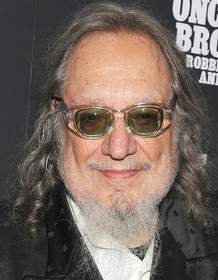
Larry 'Ratso' Sloman
The Rolling Stone Reporter

Martin von Haselberg
The Filmmaker

Patti Smith
The Punk Poet

Ramblin' Jack Elliott
The Sailor

Roger McGuinn
The Minstrel

Sam Shepard
The Writer

Scarlet Rivera
The Queen of Swords
External Links and Streaming Options
Discover where to watch Rolling Thunder Revue: A Bob Dylan Story by Martin Scorsese online, including streaming platforms, rental options, and official sources. Compare reviews, ratings, and in-depth movie information across sites like IMDb, TMDb, Wikipedia or Rotten Tomatoes.
Ratings and Reviews for Rolling Thunder Revue: A Bob Dylan Story by Martin Scorsese
See how Rolling Thunder Revue: A Bob Dylan Story by Martin Scorsese is rated across major platforms like IMDb, Metacritic, and TMDb. Compare audience scores and critic reviews to understand where Rolling Thunder Revue: A Bob Dylan Story by Martin Scorsese stands among top-rated movies in its genre.

The Movie Echo Score
Overall, Martin Scorsese’s Rolling Thunder Revue offers a striking concert documentary built on meticulously restored footage and dynamic performances, paired with a narratively playful structure that blends fact and fiction. The film’s rich visual texture and evocative sound design captivate audiences, and its emotional resonance through intimate moments fosters a strong connection. While its length and ambiguous framing may challenge some viewers, the documentary’s vivid portrayal yields a memorable and engaging experience.
The Movie Echo Score Breakdown for Rolling Thunder Revue: A Bob Dylan Story by Martin Scorsese

Art & Craft
In terms of Art & Craft, the documentary excels in its audiovisual restoration and editorial finesse. Nearly every frame is presented with clarity and depth, showcasing Scorsese’s meticulous approach to archival imagery. Although a handful of sequences exhibit uneven camera movement, the overall execution demonstrates high production values and masterful preservation of concert footage.

Character & Emotion
In terms of Character & Emotion, performances by Bob Dylan and his ensemble convey genuine spontaneity and charisma. The intermittent candid moments with supporting artists foster authentic emotional connections. Some invented personas, however, introduce ambiguity that slightly dilutes character depth. Overall, the film maintains compelling human presence that resonates through personal interactions.

Story & Flow
In terms of Story & Flow, the film interweaves archival tour diary elements with fictionalized segments, crafting a loosely structured narrative. The pacing ranges from intensively rhythmic concert sequences to slower reflective interludes, which may challenge cohesion for some viewers. Yet its inventive approach to blending reality and myth sustains engagement and underscores a thematic reflection on performance versus persona.

Sensory Experience
In terms of Sensory Experience, the documentary delivers an immersive audio-visual atmosphere, combining restored concert audio with a rich, evocative soundtrack. The sound design accentuates Dylan’s vocals and the live instrumentation, while the color grading and archival footage convey period texture. Although a few scenes feel sonically dense, the overall sensory impact remains powerful and engrossing.

Rewatch Factor
In terms of Rewatch Factor, the film’s layered structure and rich archival content invite repeated viewings for enthusiasts of Dylan’s work. Many of the imagined interludes and ambiguous narrative choices reveal new nuances upon subsequent watches. However, its extended runtime and deliberately elusive framing may lessen appeal for casual audiences. Overall, it sustains lasting interest primarily among dedicated fans.

87
Metascore
8.2
User Score


92%
TOMATOMETER

81%
User Score

7.5 /10
IMDb Rating

71
%
User Score

3.9
From 105 fan ratings
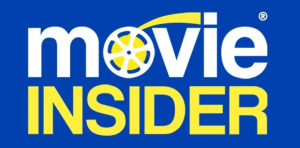
3.00/5
From 1 fan rating
Take the Ultimate Rolling Thunder Revue: A Bob Dylan Story by Martin Scorsese Movie Quiz
Challenge your knowledge of Rolling Thunder Revue: A Bob Dylan Story by Martin Scorsese with this fun and interactive movie quiz. Test yourself on key plot points, iconic characters, hidden details, and memorable moments to see how well you really know the film.
Rolling Thunder Revue Quiz: Test your knowledge on the legendary Bob Dylan and the mystique of the Rolling Thunder Revue.
What does Bob Dylan claim the Rolling Thunder Revue is a quest for?
Musical fame
Nothingness
Social justice
Cultural revival
Show hint
Full Plot Summary and Ending Explained for Rolling Thunder Revue: A Bob Dylan Story by Martin Scorsese
Read the complete plot summary of Rolling Thunder Revue: A Bob Dylan Story by Martin Scorsese, including all major events, twists, and the full ending explained in detail. Explore key characters, themes, hidden meanings, and everything you need to understand the story from beginning to end.
The film begins with a contemporary Bob Dylan expressing his inability to recall the details of the Rolling Thunder Revue, humorously stating, “I wasn’t even born!” He struggles to articulate the essence of the tour, claiming, “it’s about nothing.”
As the nation’s bicentennial approaches amidst the dismal atmosphere following the Vietnam War and the Watergate scandal, Dylan decides to unite a group of friends from the Greenwich Village coffee houses for an adventurous journey through New England and parts of Canada. This tour, named the Rolling Thunder Revue, is captured by Stefan Van Dorp, a fictional European filmmaker, who aims to reveal the hedonism surrounding Dylan while contrasting it with the nihilistic sentiment prevalent in middle-class America.
Throughout this eclectic tour, Larry ‘Ratso’ Sloman, a reporter from Rolling Stone, attempts to assimilate himself into Dylan’s close circle. Meanwhile, a young Sharon Stone is tasked with managing costumes after accompanying her mother to a show, where she becomes convinced that the song “Just Like a Woman” pertains to her. Dylan takes on the persona by wearing Whiteface makeup onstage, inspired by violinist Scarlet Rivera, who introduces him to a Kiss concert. Poet Allen Ginsberg tries to reinvent himself as a singer/songwriter, feeling the beat poet movement’s popularity wane. Joan Baez, in an earnest attempt to reignite their past romance, joins Dylan on stage while adorning his iconic outfit. During this time, Dylan also visits a Tuscarora Reservation in New York, where he performs “The Ballad of Ira Hayes.” Midway through the journey, Joni Mitchell joins the tour, drawing inspiration for her song “Coyote” from the experience.
Throughout the tour, Dylan’s compassionate side shines when he unexpectedly meets with record company executives to expedite the release of his new song “Hurricane,” advocating for Ruben “Hurricane” Carter, a boxer wrongfully imprisoned for murder. The documentary captures footage of this meeting, followed by Michael Murphy portraying U.S. Congressman Jack Tanner, weaving a fanciful narrative suggesting Tanner convinced President Jimmy Carter to intervene on Carter’s behalf. Even amidst this fictional segment, “Rolling Thunder Revue” demonstrates how Dylan and others ultimately contributed to Carter’s retrial and release.
As the tour concludes in Montreal, Van Dorp reveals that his primary motive for participating in the documentary was to claim ownership of the tour footage. Allen Ginsberg encourages viewers to embark on their own journeys of self-discovery, inspired by the performers they’ve witnessed. The narrative closes with Dylan continuing his relentless touring, performing over 3,000 shows over four decades, a testament to his enduring legacy.
Uncover the Details: Timeline, Characters, Themes, and Beyond!

Coming soon on iOS and Android
The Plot Explained Mobile App
From blockbusters to hidden gems — dive into movie stories anytime, anywhere. Save your favorites, discover plots faster, and never miss a twist again.
Sign up to be the first to know when we launch. Your email stays private — always.
Watch Trailers, Clips & Behind-the-Scenes for Rolling Thunder Revue: A Bob Dylan Story by Martin Scorsese
Watch official trailers, exclusive clips, cast interviews, and behind-the-scenes footage from Rolling Thunder Revue: A Bob Dylan Story by Martin Scorsese. Dive deeper into the making of the film, its standout moments, and key production insights.
Rolling Thunder Revue: A Bob Dylan Story by Martin Scorsese Themes and Keywords
Discover the central themes, ideas, and keywords that define the movie’s story, tone, and message. Analyze the film’s deeper meanings, genre influences, and recurring concepts.
Rolling Thunder Revue: A Bob Dylan Story by Martin Scorsese Other Names and Titles
Explore the various alternative titles, translations, and other names used for Rolling Thunder Revue: A Bob Dylan Story by Martin Scorsese across different regions and languages. Understand how the film is marketed and recognized worldwide.
Similar Movies To Rolling Thunder Revue: A Bob Dylan Story by Martin Scorsese You Should Know About
Browse a curated list of movies similar in genre, tone, characters, or story structure. Discover new titles like the one you're watching, perfect for fans of related plots, vibes, or cinematic styles.
Quick Links: Summary, Cast, Ratings, More

What's After the Movie?
Not sure whether to stay after the credits? Find out!
Explore Our Movie Platform
New Movie Releases (2026)
Famous Movie Actors
Top Film Production Studios
Movie Plot Summaries & Endings
Major Movie Awards & Winners
Best Concert Films & Music Documentaries
Movie Collections and Curated Lists
© 2026 What's After the Movie. All rights reserved.












